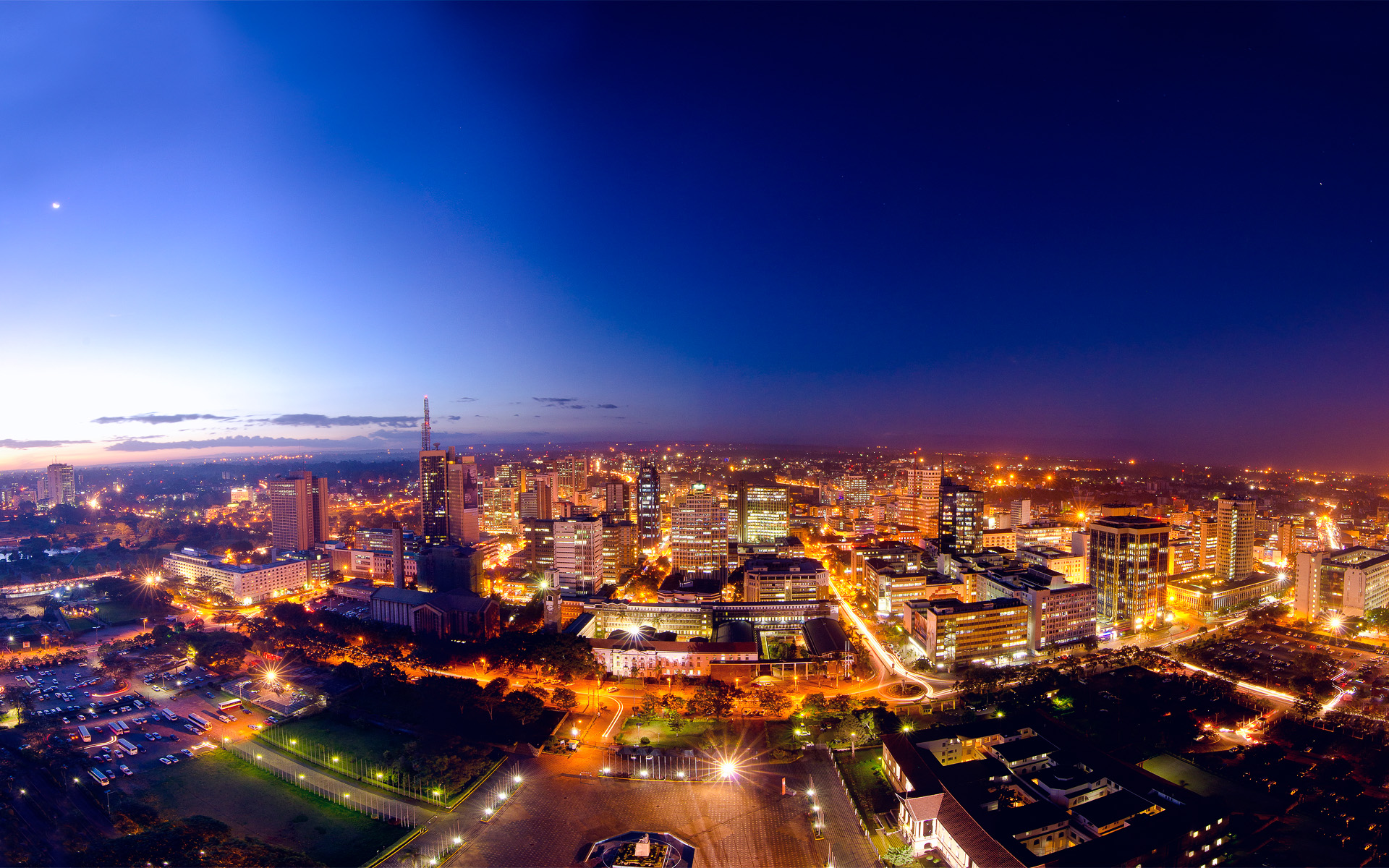
GLOBAL TREATY TO END PLASTIC POLLUTION: This week, 175 UN Member States are meeting in Nairobi to decide upon a legally binding treaty to end plastic pollution. “Ambitious action to beat plastic pollution should track the lifespan of plastic products – from source to sea – should be legally binding, accompanied by support to developing countries, backed by financing mechanism tracked by strong monitoring mechanisms, and incentivizing all stakeholders – including the private sector,” states Inger Andersen, Executive Director of the UN Environment Programme (UNEP 2022).
BUSINESS CAN LEAD THE WAY: While governments can agree, it is business and industry that will make the difference. Procter & Gamble Company (P&G) announced the switch to reusable and refillable packaging. Some of the brands may be familiar to you: Crest, Cascade, Gillette, Pampers, Pantene, and Tide all plan new packaging. Partnering with TerraCycle’s Loop program, P&G’s Ambition 2030 campaign will aim for a circular manufacturing process with as little plastic as possible. Some products like Pampers will come with a bin: when it is full, just text a pick-up service that will take your waste for repurposing and drop off a new container. TerraCycle partners with UPS helped to design packaging, with an eye to the role of transportation as “an enabler for circularity. UPS’ director for global sustainability believes “Loop is the signal for the future.” For more brand innovations, click here.

TRASH OR TREASURE? Most plastic packaging is used only once. Only 14% of plastic collected is recycled. But it’s more than just trash – it’s valuable. Yet, 95% of that value – mainly of plastic packaging material – is lost to the economy. It is worth $100 billion – annually. (Ellen MacArthur Foundation 2022).

PLASTIC OF THE FUTURE – Here are some ways to end plastic pollution:
Innovate so all plastics we do need are reusable, recyclable, or compostable
Ensure future plastics are free from hazardous chemicals
Catch and filter plastic trash carried by rivers (93% from just a few main rivers)
Redesign the plastics system from source to sea
Set up collection, regulatory, and policy government guidelines
Join UNEP agreement with government and business to solve plastic pollution
Transform recycled and reused plastic into a commodity of value
READ the Draft Resolution, “End plastic pollution: Towards an internationally legally binding instrument.” 2 March 2022. HERE.
Ellen MacArthur Foundation. “Plastics and The Circular Economy.” https://archive.ellenmacarthurfoundation.org/explore/plastics-and-the-circular-economy
Ivanova, Maria. Moderator: “Looking Back: 50 Years of the UN Environment Programme.” 4 March 2022.UNEP and Center for Governance & Sustainability, University of Massachusetts Boston. https://www.environmentalgovernance.org/unepdialogue
Szczepanski, Mallory. “The Loop shopping system aims to change the world’s reliance on single-use packaging.” 6 February 2019. Waste360. https://www.waste360.com/waste-reduction/terracycle-partners-major-brands-launch-sustainable-shopping-system
UNEP. “UN Environment Assembly opens with all eyes on a global agreement on plastic pollution,” 28 February 2022. https://www.unep.org/news-and-stories/press-release/un-environment-assembly-opens-all-eyes-global-agreemen-plastic
Building the World Blog by Kathleen Lusk Brooke and Zoe G. Quinn is licensed under a Creative Commons Attribution-NonCommercial-NoDerivs 3.0 Un


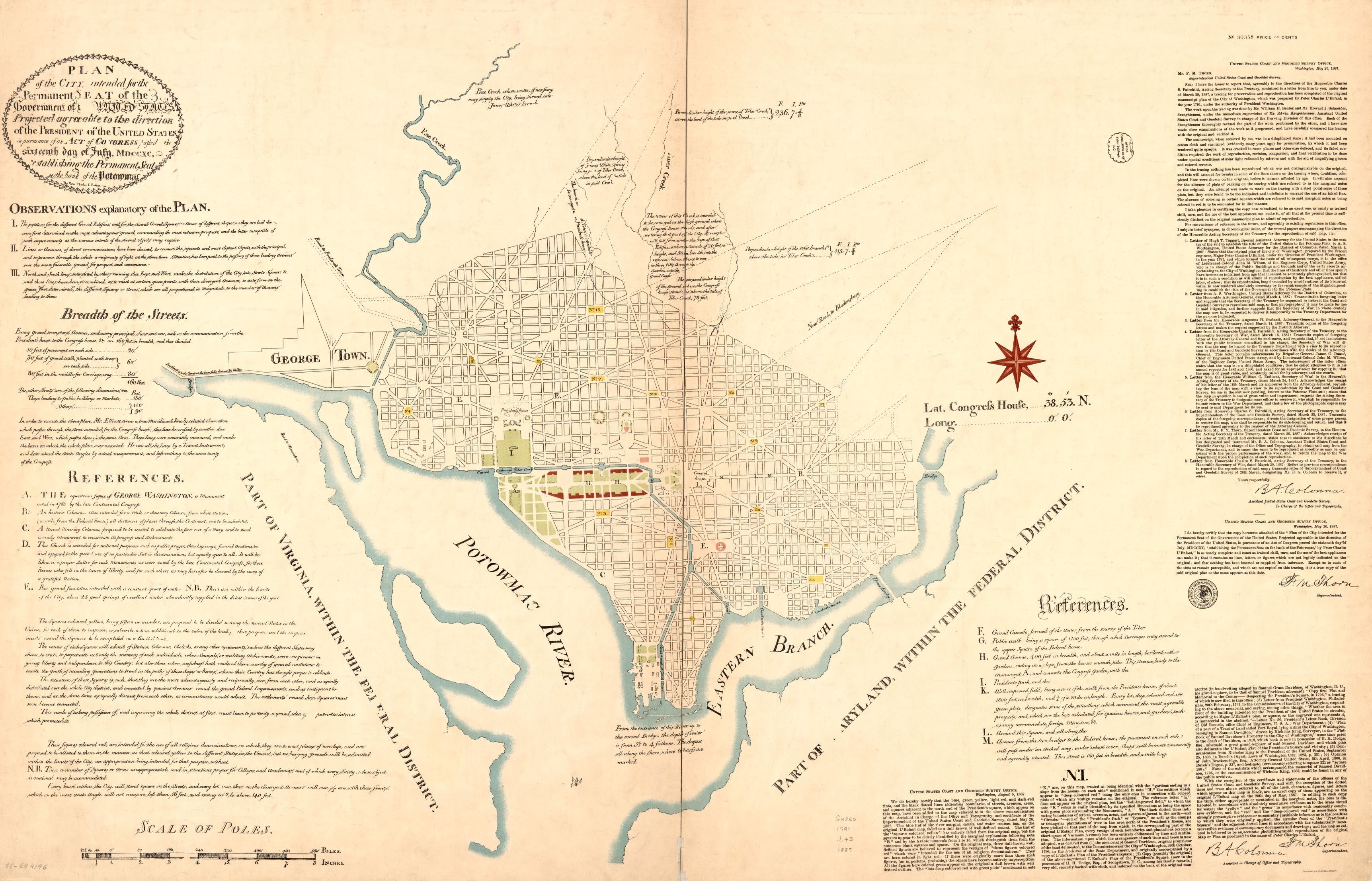




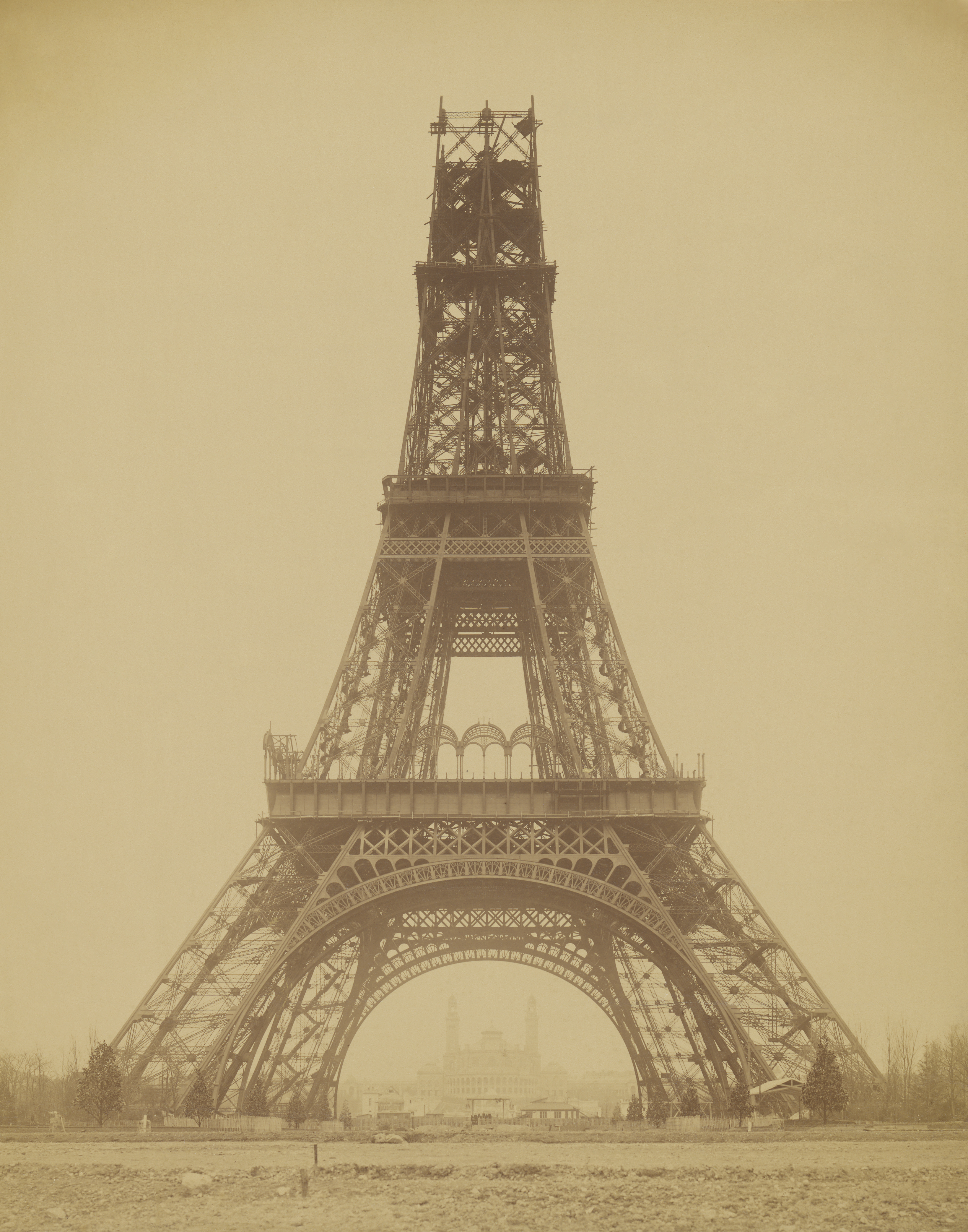

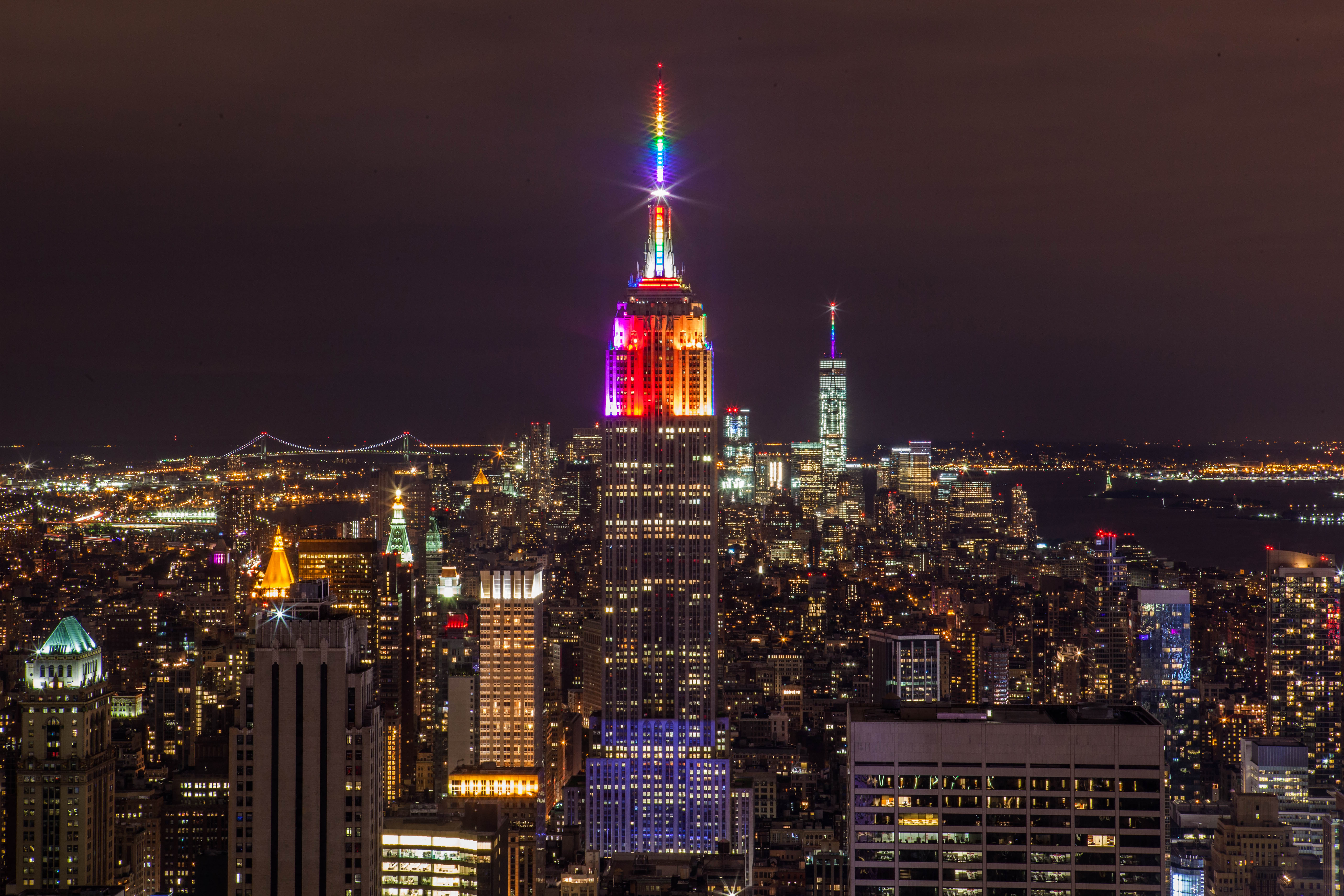

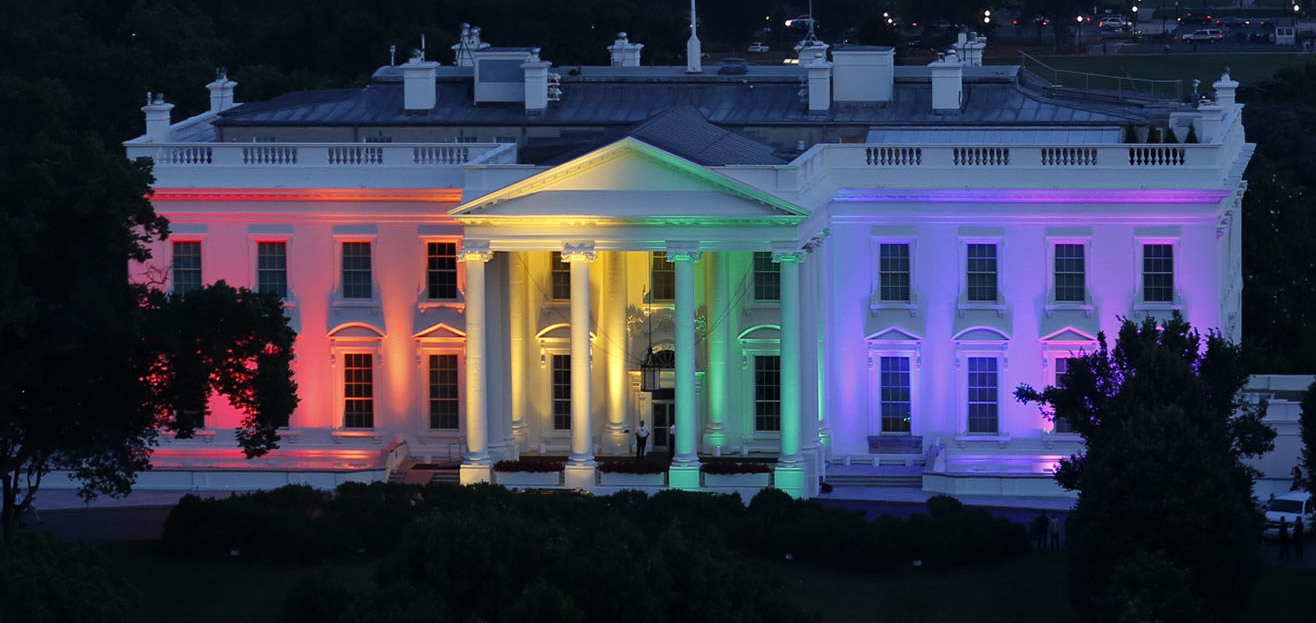




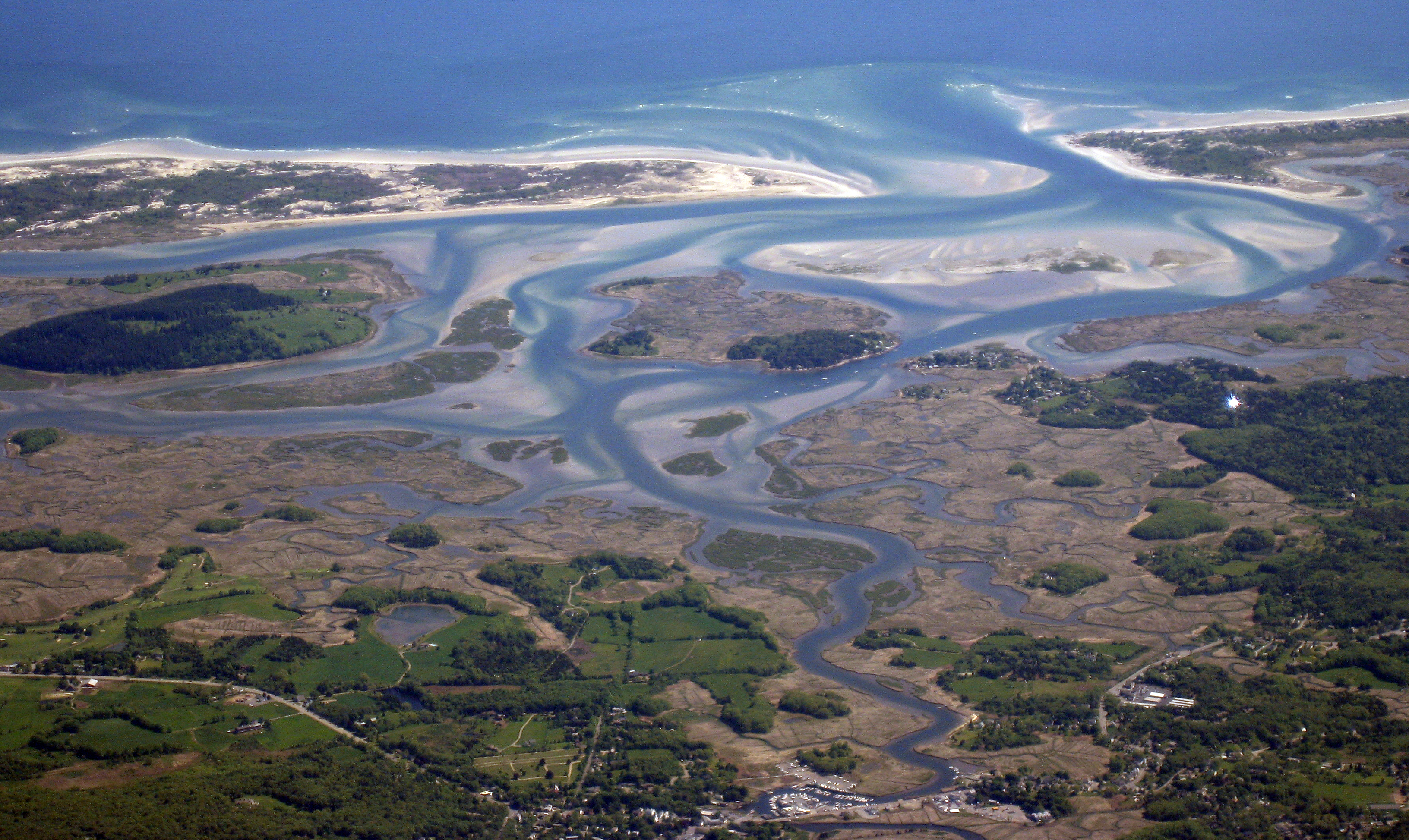
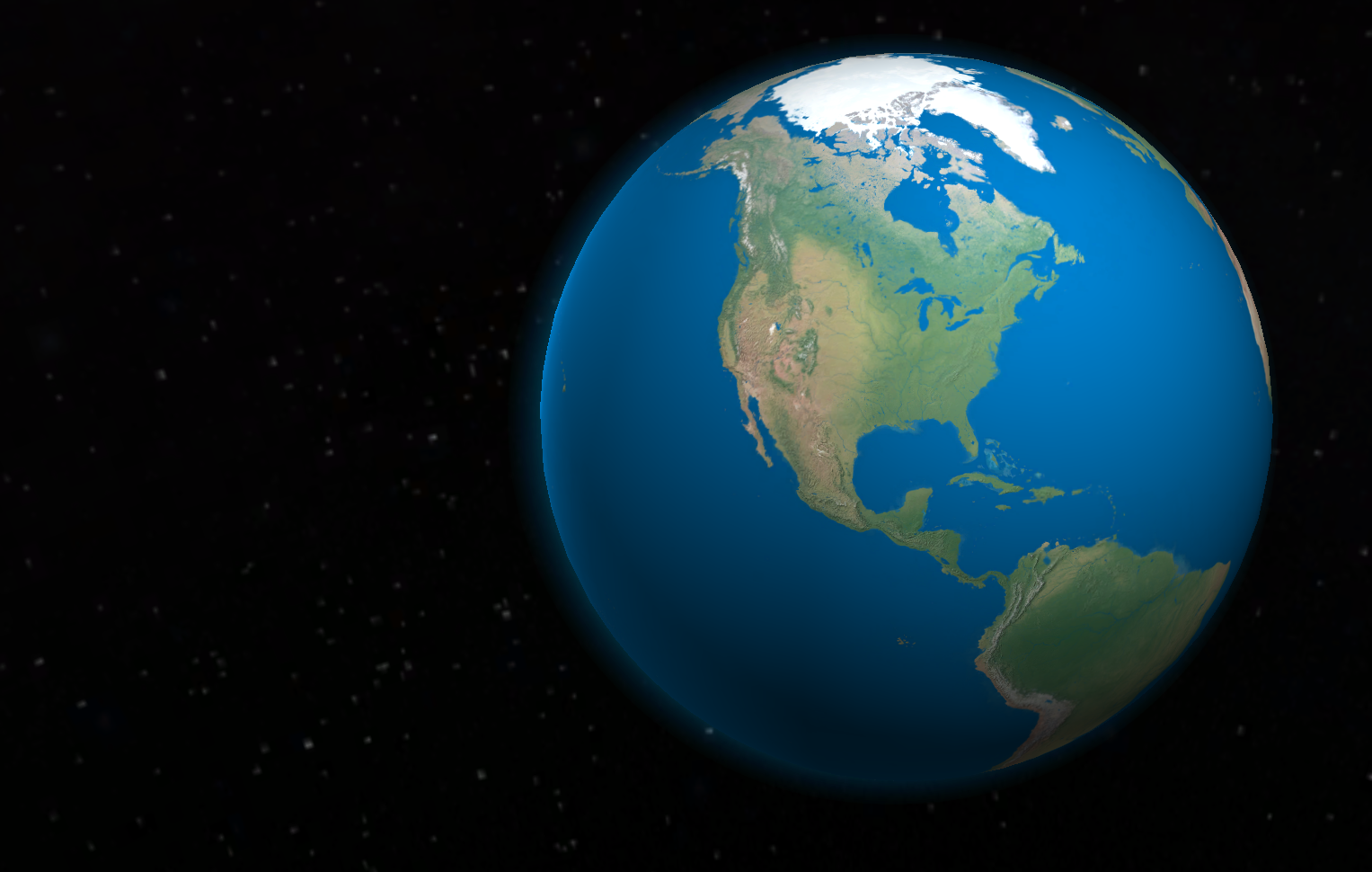



 President Joseph R. Biden, Jr. and Vice President Kamala D. Harris. inaugurated in Washington, D.C., on 20 January 2021.
President Joseph R. Biden, Jr. and Vice President Kamala D. Harris. inaugurated in Washington, D.C., on 20 January 2021. 